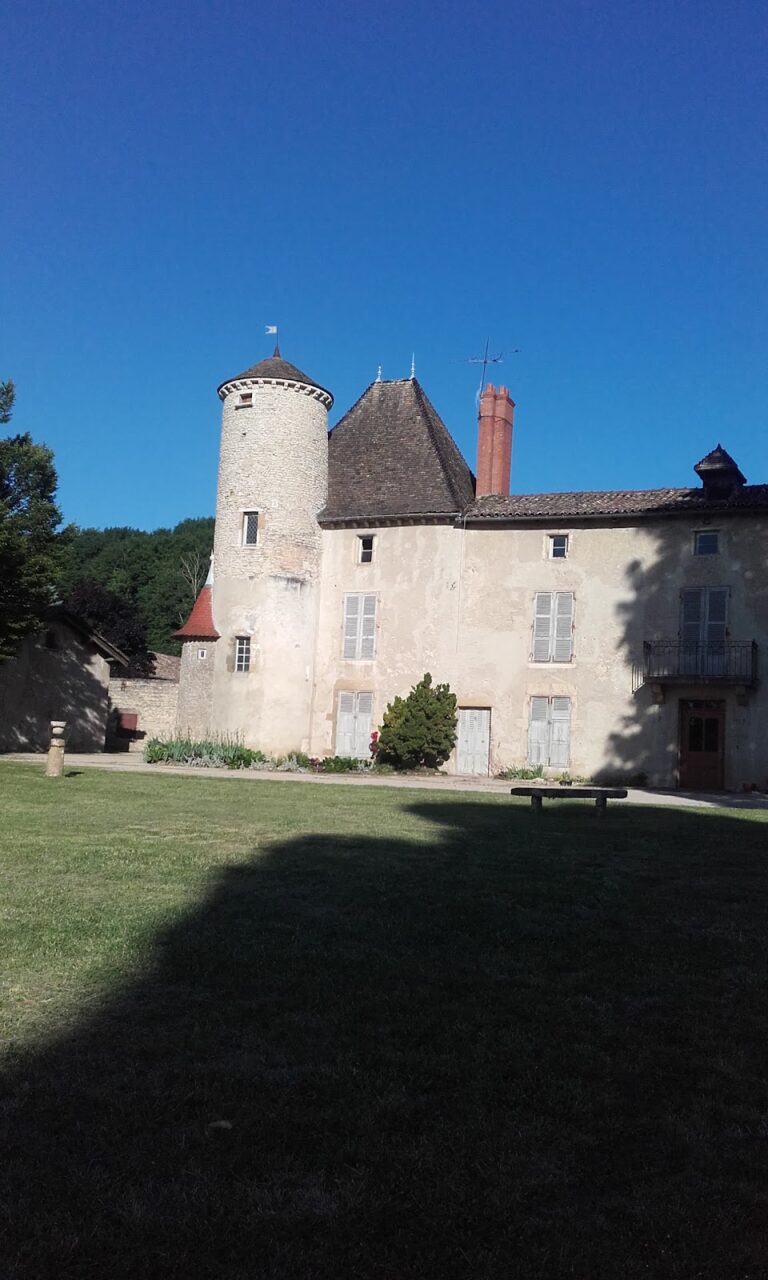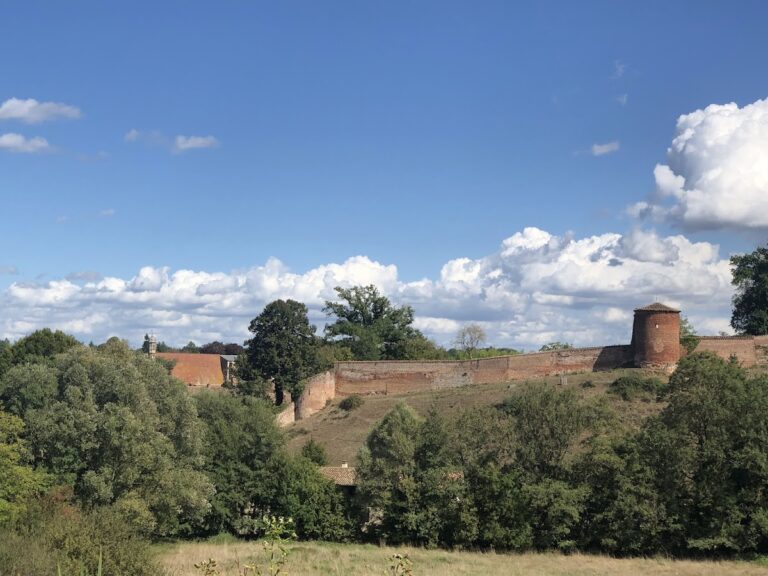Château de Loriol: A Medieval Castle in Confrançon, France
Visitor Information
Google Rating: 4.9
Popularity: Very Low
Google Maps: View on Google Maps
Country: France
Civilization: Unclassified
Remains: Military
History
The Château de Loriol is situated in the municipality of Confrançon, France. It was built by medieval European builders, reflecting the feudal structures of the time.
The site originally formed part of the seigneurie called Asnières, known during the Middle Ages as Asnières-les-Bois. It is believed that the castle replaced an earlier construction dating back to the late 11th century, marking a continuity of local fortifications on the same grounds.
Construction of the current fortified castle began in the early 14th century, around 1306. Guéric de Sachins initiated the building process, which was subsequently completed by his grandson, Jean de Sachins. This phase established the core defensive and residential features typical of castles in that era.
Over the centuries, ownership of the seigneurie and castle passed through various noble families, often through inheritance or marriage alliances. The lineage included the Sachins family, followed by the de la Baulme, Feurs-Sachins, and Chacipol families. From the 17th century onward, the de Loriol family gained possession of the property, ultimately lending their name to the château as it is known today.
In 1860, the castle underwent restoration led by architect Charles Martin. This renovation introduced stylistic features associated with the neo-Gothic movement, blending elements that transition between Gothic and Renaissance architectural traditions. These modifications preserved the medieval character of the château while incorporating 19th-century design tastes.
Throughout the 20th century, the château remained under the care of descendants from the original noble families. It avoided damage during World War II and was recognized as a historic monument in 1994. This designation extended protection not only to the castle itself but also to its associated outbuildings, including a farm and a traditional bread oven. Today, the estate continues to be held by Arnaud Duport de Loriol, the eighth Count de Loriol.
Remains
The Château de Loriol presents an L-shaped main residence that integrates defensive and domestic architecture typical of the Middle Ages. Constructed predominantly in the 14th century, it features a robust quadrangular donjon, or keep, forming the structural heart of the site. This large stone tower exemplifies medieval military design, intended to provide strong resistance during sieges.
Atop the donjon sits a series of machicolations, which are openings in the parapet floor used historically for dropping projectiles or boiling substances on attackers below. Circular towers, often called pepperpot turrets due to their shape, punctuate the corners of the donjon and the building’s rounded turrets, reinforcing its defensive capabilities while adding to its distinctive profile.
During the 19th-century restoration, neo-Gothic details were introduced, subtly altering the château’s appearance. These additions incorporated stylistic features that reference Gothic and Renaissance architecture but did so without undermining the original medieval structure. The precise stonework and structural arrangement maintain the essence of a fortified residence.
The estate also includes several dependencies, such as a farm and a traditional bread oven, all recognized under the historic monument status alongside the main building. These outbuildings reflect the castle’s role as a self-sustaining noble estate, providing agricultural and domestic support. Their conservation highlights the comprehensive nature of the site’s historical use.
Today, the château and its associated structures remain largely intact, preserved as an example of medieval fortress architecture adapted over centuries of noble occupancy. The absence of notable inscriptions or archaeological artifacts does not diminish the site’s value but instead emphasizes its continuous occupation and careful stewardship through generations.







